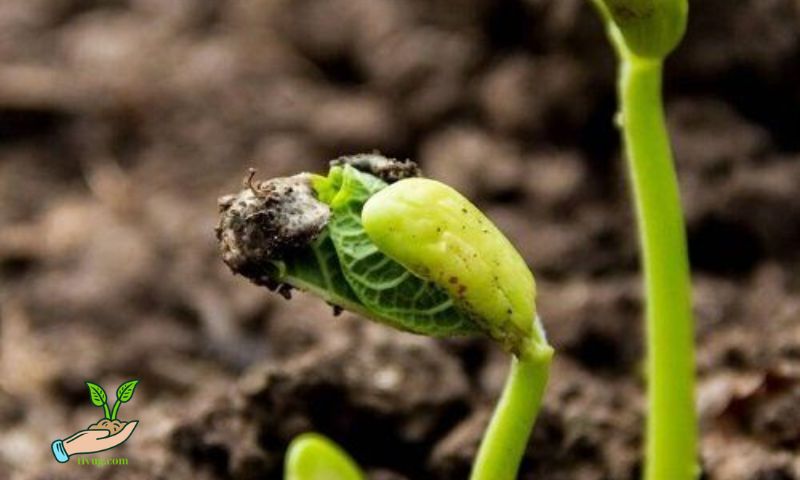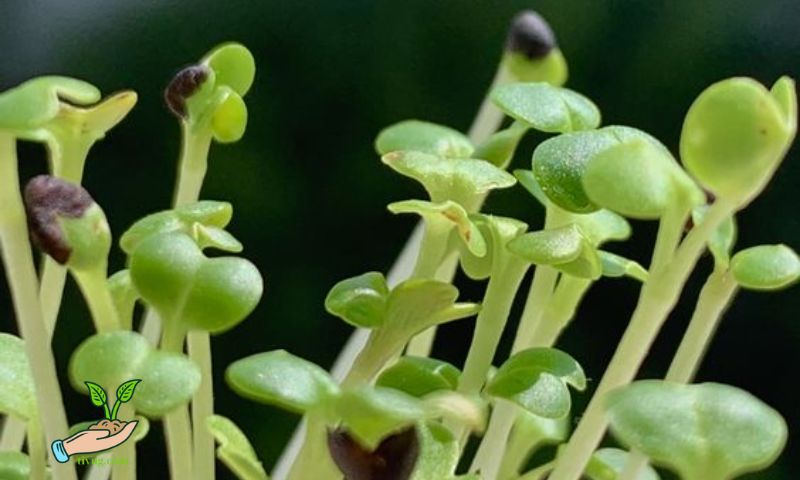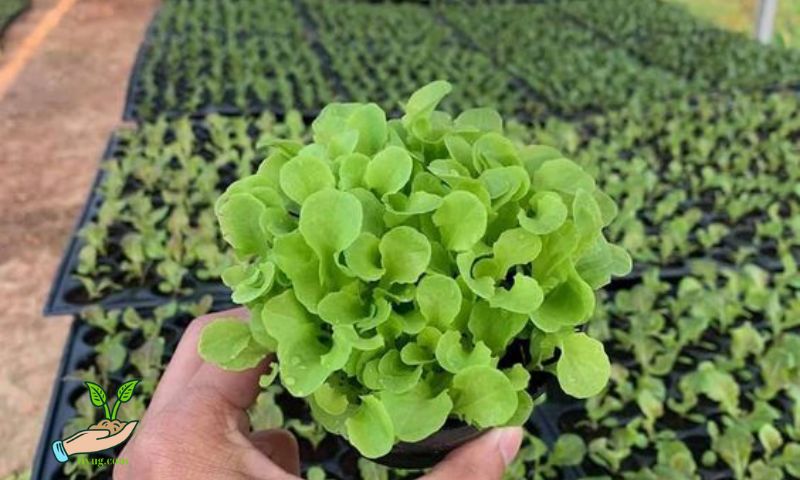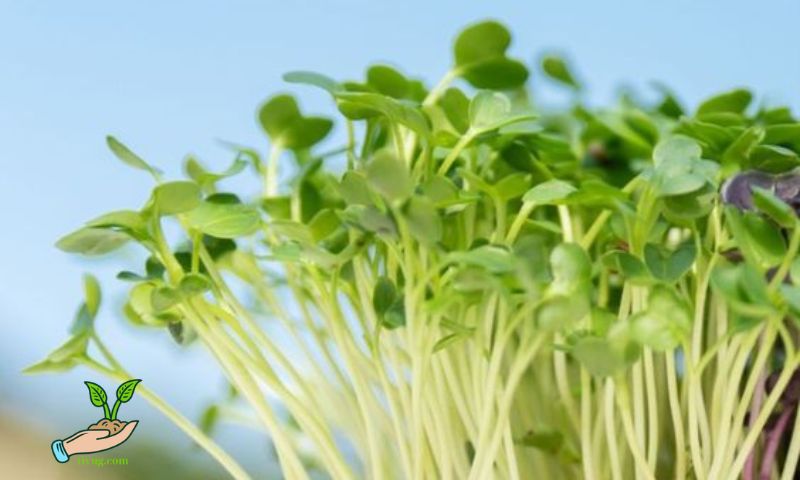Seed germination is a fundamental process in gardening and agriculture, marking the beginning of a plant’s life cycle. Understanding the various methods of seed germination is crucial for successful cultivation. This guide explores different techniques, factors influencing germination, and troubleshooting tips to enhance your gardening endeavors.
Understanding Seed Germination

Seed germination is the process by which a seed develops into a new plant. It begins with the absorption of water, triggering metabolic processes that activate growth: temperature, moisture levels, and light play pivotal roles in this process.
Common Seed Germination Methods
Water Germination
Water germination involves soaking seeds in water to initiate the germination process. This method is ideal for seeds that require hydration to break dormancy. Seeds like beans and peas respond well to water germination due to their thick seed coats.
To start, place seeds in a container of room temperature water for 12 to 24 hours. Ensure seeds remain submerged but not overly soaked. This method allows seeds to absorb moisture, triggering enzymatic activities necessary for sprouting.
Paper Towel Method
The paper towel method is a popular technique for testing seed viability and germination rates before planting in soil. It involves placing seeds between damp paper towels in a sealed plastic bag or container. This setup maintains moisture levels and creates a controlled environment conducive to germination.
To use this method, lay damp paper towels on a flat surface and evenly space seeds across the surface. Fold the towels over the seeds gently, ensuring contact with moisture. Place the towels in a plastic bag or container and store them in a warm, dark location. Check daily for germination progress and transfer sprouted seeds carefully to the soil when roots appear.
Soil Germination
Soil germination is the traditional method of sowing seeds directly into prepared soil. It offers natural nutrients and a stable environment for seedling development. Proper soil preparation is crucial for successful germination, ensuring seeds have access to adequate moisture and nutrients.
Begin by selecting a well-draining soil mix suitable for the plant species you intend to grow. Create furrows or depressions in the soil according to seed packet instructions. Place seeds at the recommended depth and cover lightly with soil. Water gently to moisten the soil and maintain consistent moisture until seedlings emerge.
Stratification
Stratification is a technique used for seeds that require exposure to cold temperatures to break dormancy. This method mimics natural winter conditions necessary for germination in certain plant species. Seeds like many perennial flowers, fruits, and nuts benefit from stratification.
To stratify seeds, start by mixing seeds with a moistened substrate such as sand or peat moss. Place the mixture in a sealed container and store in a refrigerator or cold room for a specific duration, typically 1 to 3 months depending on the species. Monitor moisture levels to prevent drying out or excessive dampness. After stratification, sow seeds in soil and provide suitable growing conditions.
Advanced Germination Techniques

Scarification
Scarification is a method used for seeds with hard seed coats that inhibit water absorption. It involves breaking or softening the seed coat to promote germination. Seeds like morning glories and sweet peas benefit from scarification to enhance germination rates.
To scarify seeds, gently nick or file the seed coat without damaging the embryo inside. Alternatively, soak seeds in warm water or lightly sand the seed coat to facilitate water absorption. After scarification, proceed with your preferred germination method according to seed requirements.
Hydroponic Germination
Hydroponic germination involves growing seeds in a soil-less medium with nutrient-rich water solutions. This method provides precise control over environmental factors such as pH levels, temperature, and nutrient concentrations. Hydroponic systems are ideal for indoor gardening and commercial seedling production.
To germinate seeds hydroponically, use specialized growing trays or floating platforms filled with a nutrient solution. Place seeds in the growing medium and ensure roots have access to the nutrient solution. Monitor environmental conditions closely to optimize growth and transplant seedlings into hydroponic systems or soil as they mature.
Factors Affecting Germination

Successful seed germination depends on several factors that influence seed viability and growth:
- Temperature: Optimal temperature ranges vary among plant species but generally fall between 65°F to 75°F (18°C to 24°C) for most garden vegetables and flowers.
- Moisture: Adequate moisture levels are essential for seed hydration and enzymatic activation. Ensure soil or growing medium remains consistently moist but not waterlogged.
- Light: Some seeds require light to germinate, while others germinate in darkness. Follow seed packet instructions regarding light requirements for optimal results.
Troubleshooting Germination Issues
Despite careful preparation, germination issues may arise. Common problems include:
- Damping-off: Seedlings collapse at soil level due to fungal infections. Improve air circulation and avoid overwatering to prevent damping-off.
- Slow Germination: Low temperatures or improper moisture levels can delay germination. Adjust growing conditions and ensure seeds receive adequate warmth and moisture.
Conclusion
In conclusion, mastering seed germination methods enhances your gardening success by providing plants with the best start in life. Whether using traditional soil sowing or advanced hydroponic systems, understanding seed requirements and environmental factors is key to nurturing healthy seedlings. Experiment with different methods to discover what works best for your garden and enjoy the rewarding journey of growing plants from seed.

